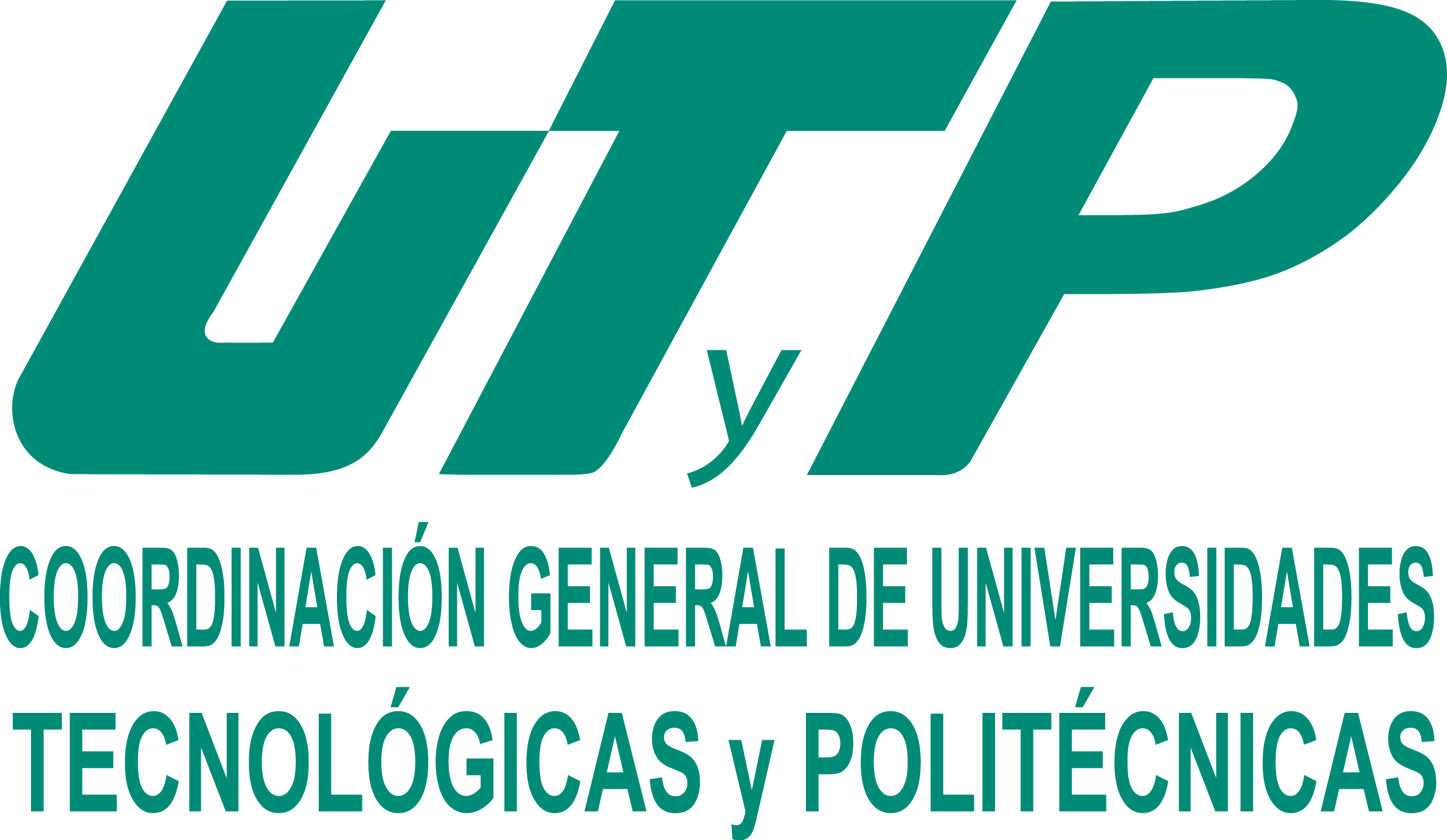Analysis of risk factors in new students from a higher education institution in South Sonora
Keywords:
isk factors, higher education, higher level studentsAbstract
Unattended risk factors can hinder the completion of university studies by university students; A risk factor is defined as an individual’s exposure that increases their probability of suffering an illness or injury, including behaving under an influence on their health and well-being. The objective of this research is to describe the personal, academic, institutional and socioeconomic risk factors present in new students enrolled in the Tutoring Program at the Technological Institute of Sonora, Navojoa Unit in the semester of August - December 2019. Data used the instrument called Multifactorial Inventory of Drug Abuse (Drug Use Screnning Inventory DUSI) in its Spanish version. The type of research was descriptive - exploratory and the sample was intentional with the newly admitted higher-level students, both sexes and different ages. It is considered important to mention that the newly admitted higher-level students presented intermediate levels of risk in behavior problems, psychological disorders, social skills and recreational activities, which, if at the time during their university life, they are not attended and considered, it will become a factor that determines the student’s possible dropout and / or delay.
Downloads
References
Asociación Nacional de Universidades e Instituciones de Educación Superior. (2007). Anuarios estadísticos de la ANUIES (2006 – 2007, primera etapa). Recuperado de http://www.anuies.mx/iinformacion-y-servicios/informacion-estadistica-de-educacion-superior/anuario-estadistico-de-educacion-superior el 0 de junio de 2020.
Instituto Tecnológico de Sonora. (2016). Tutoría académica. Recuperado de http://www.itson.mx/servicios/tutoriaacademica/Paginas/tutoriaacademica.aspx 10 de junio de 2020.
Jaramillo, A. (2007). Conversatorios sobre deserción estudiantil en la educación superior. Medellín: oficina de planeación integral, universidad EAFIT, Ministerio de Educación Nacional.
National Institute on Drug Abuse. (2003). Preventing drug use among children and adolescents. A research-based guide. Bethesda: U. S. Department of Health and Human Services.
Rice, P. (2000). Adolescencia: Desarrollo, relaciones y cultura. Madrid: Prentice-Hall.
Rodríguez, J. & Hernández, J. M. (2008). La deserción escolar universitaria en México. La experiencia de la Universidad Autónoma Metropolitana. Revista Electrónica Actualidades Investigativas en Educación, 8 (001), 11-31
Vélez-Álvarez, C., Hoyos-Londoño, M., Pico-Merchán, M.E., Jaramilllo-Angel, C.P. y Escobar-Potes, M.P. (2019). Comportamientos de riesgo en estudiantes universitarios: la ruta para enfocar acciones educativas desde los currículos. Revista Latinoamericana de Estudios Educativos, 15 (1), 130-153
Zavala-Guirado, A., Álvarez, M., Vázquez, M., González, I., & Bazán-Ramírez, A. (2018). Factores internos, externos y bilaterales asociados con la deserción en estudiantes universitarios. Interacciones, 4(1), 59-69. doi: 10.24016/2018.v4n1.103







